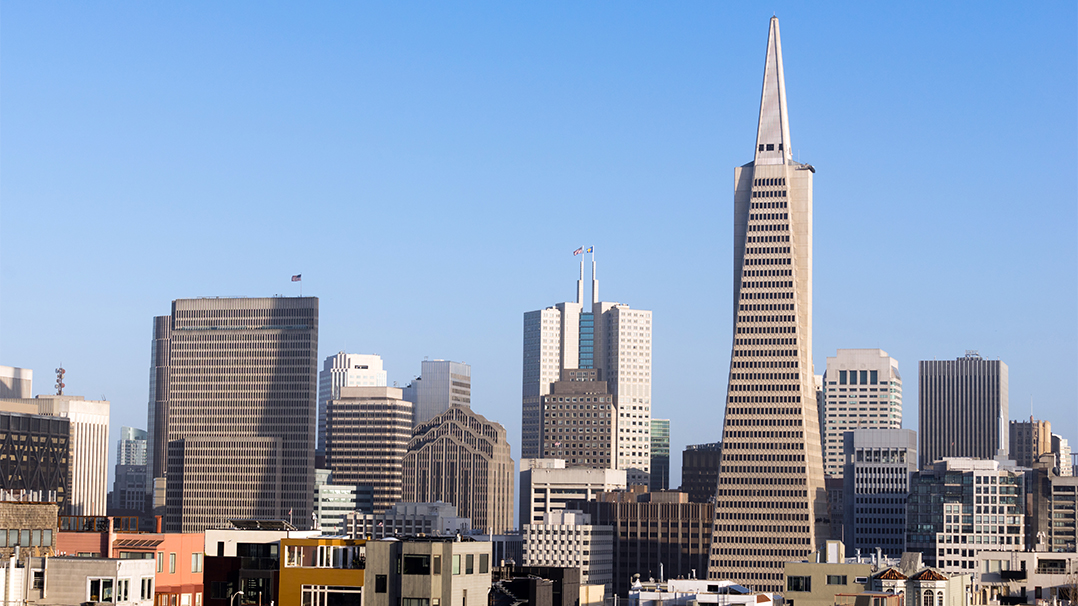
How Long Does It Take to Sell a Commercial Property in CA?
August 18, 2023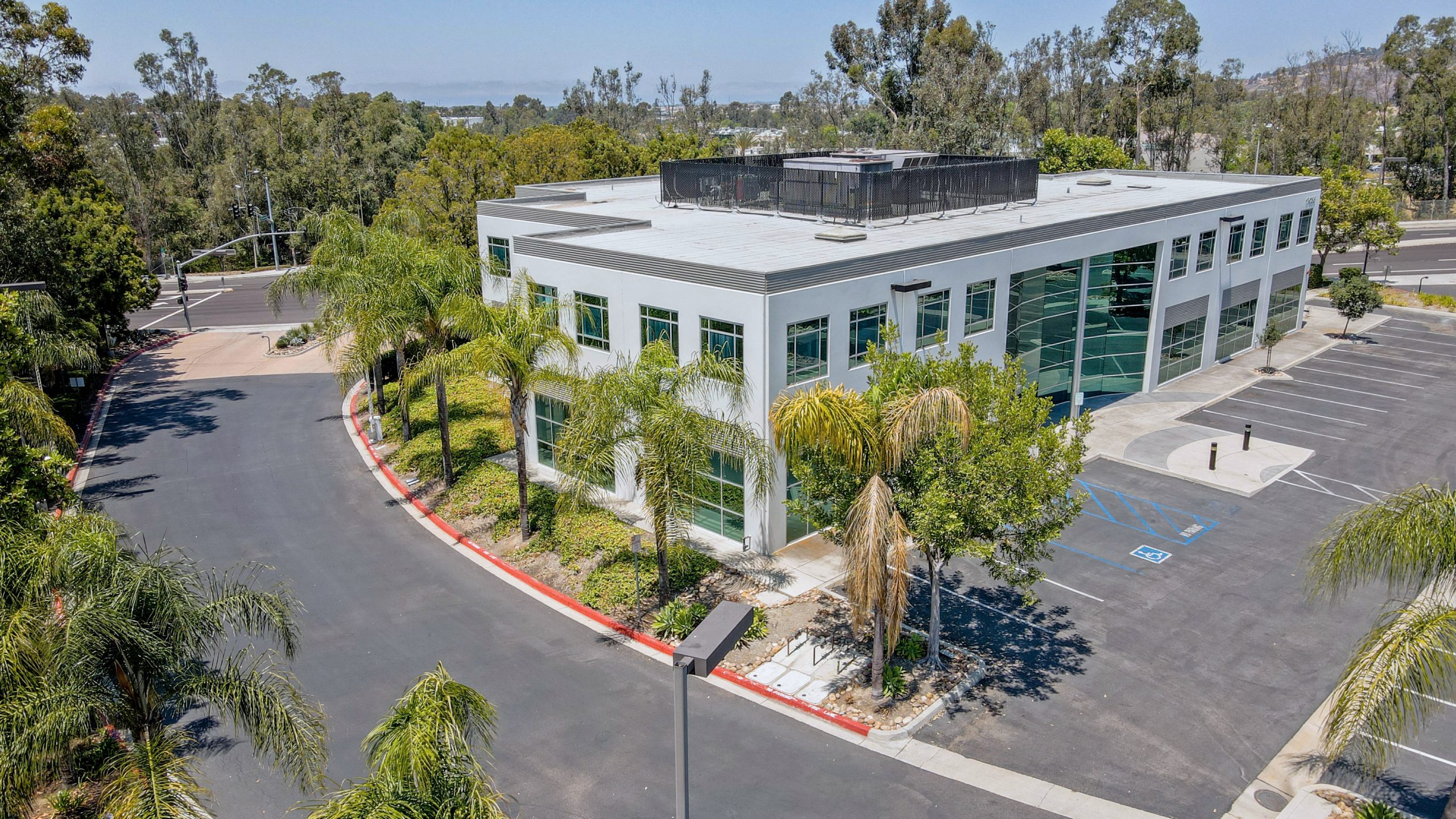
Just Leased! 20,000 SF Rancho Bernardo Office Building Achieves Full Occupancy
August 26, 2023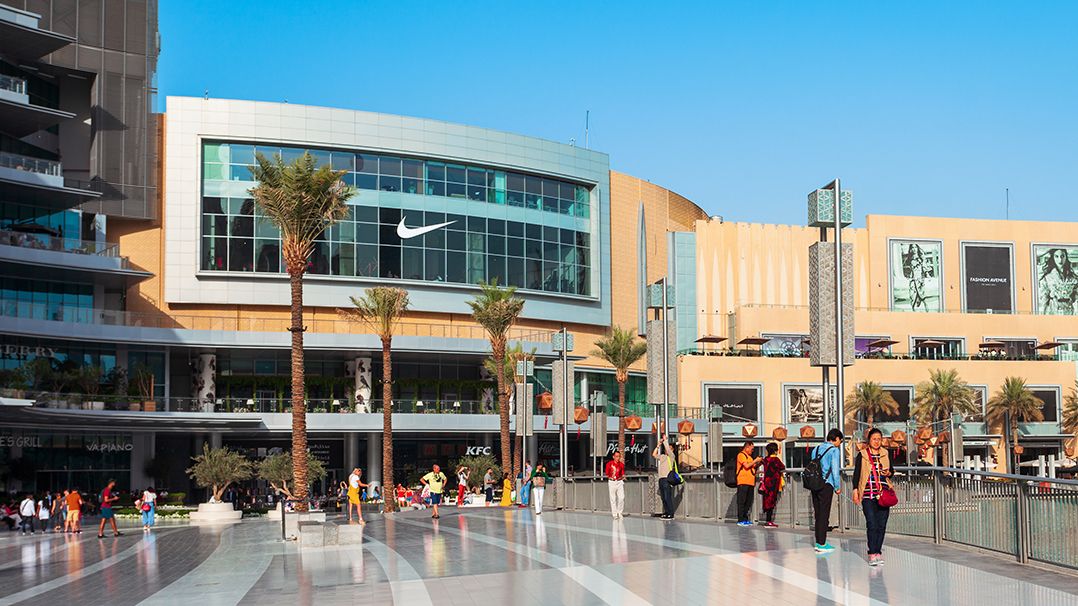
Disclaimer: I am not an attorney and this article is not intended as a substitute for advice from the appropriate legal, zoning, financial, construction and/or tax professionals. This information is provided for educational purposes only and is made without warranties or representations
Shopping centers are arguably one of the riskiest forms of commercial real estate investment. A good shopping center with great anchor stores, a prime location, and consistent traffic can be an incredible investment with ongoing returns and continual growth. On the other hand, the fact that Dead Malls aren’t just an occasional tragedy and have reached cultural meme status means the risk is very high.
If you own a shopping center and you want to boost its value over time or grow it before selling it, or if you’re considering buying into a shopping center with a plan on how to improve it, it’s important to know the various avenues you have for that improvement.
How can you increase the value of a shopping center? Here are the most common options you have available.
Analyze and Balance Rents
A huge source of value for a commercial property is the rent generated by the tenants occupying it. In a shopping center, that includes your anchor stores, your nonanchor stores, your kiosks, and assorted adjacent businesses. Each of these tenants pays rent to occupy their space, often on long-term leases, and the terms of those leases need to be reevaluated and adjusted as necessary each time they come up for renewal.
The biggest risk and challenge here is that you can’t just blindly increase rents by a simple percentage and call it a day. In some cases, an increase is overdue, your tenants can handle it, and there will be a little sadness but no real objections on their part. In other cases, though, an increase in rent can be the difference between a viable business and an insolvent business.
If increasing rents has the side-effect of increasing vacancy rates for your storefronts, you face a serious challenge and a significant risk. Vacant storefronts aren’t just a lost source of revenue; they represent less foot traffic passing by other tenants, less overall interest in the shopping center, and less value across the board. If enough tenants are driven away, it can lead to a complete collapse of the shopping center.
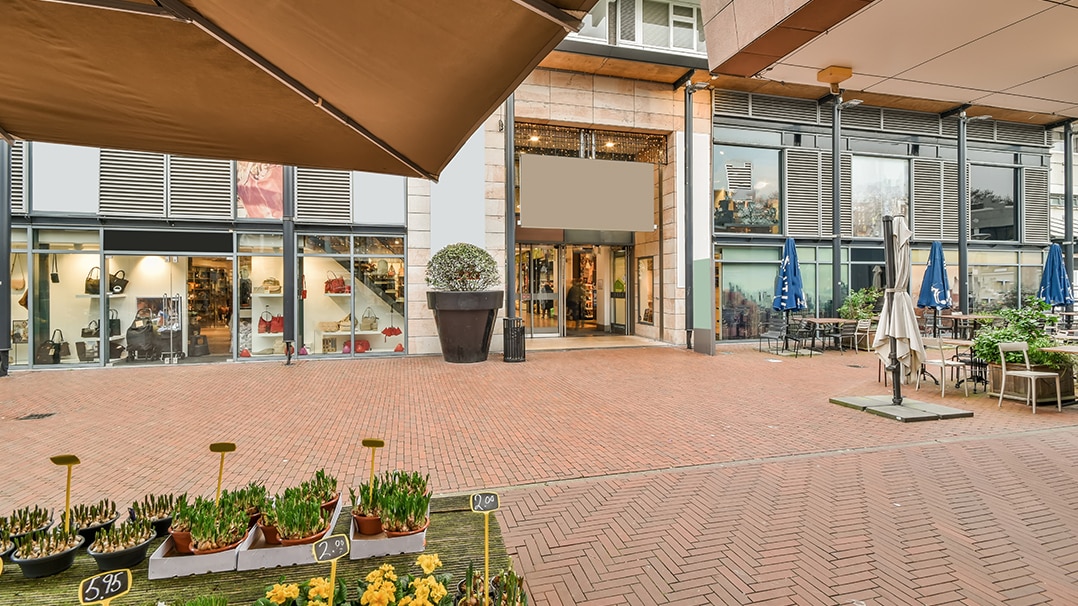
How do you avoid this risk? Three ways.
- Replace the tenants that drop out ASAP. If your rents are competitive, there will be new businesses looking for space in the shopping center, and any business that folds can be replaced quickly to keep the overall shopping center flourishing.
- Balance rents according to local pressures. Sometimes, you run into a situation where a comparable property across town or in another city has higher rents than yours, so it feels like you should be able to increase yours to a similar level, but the local market and interest can’t support it. Careful evaluation of these factors is required to determine an appropriate level of rent increase to settle on.
- Simmer the frog. Single large increases in rent can be an unsustainable jolt for many businesses, and a sudden increase in their expenses can put in stark focus a stagnating profit margin for those businesses, leading them to start seeking alternative locations. Meanwhile, slower, more gradual increases over time can result in eventual higher rents but no single trigger point.
Increasing rents increases the net operating income of a property, which technically increases its valuation, but there are other factors you can improve as well.
Handle the Deferred Maintenance Queue
Deferred maintenance can be a powerful technique for managing expenses as they come in, and many maintenance tasks that can be deferred may not seem intrusive or value-busting in the moment. However, over time, three things happen.
First, the severity of the maintenance task adds up. Even something as simple as paring down the cleaning budget can lead to certain elements being overlooked and never addressed until suddenly the landscaping is in tatters, the awnings have been faded and torn for years, and that little water spot on the ceiling is now a leopard print of staining.
Second, the cost of that deferred maintenance rises. What could be fixed with an hour of labor and a $40 part now might cost six hours of labor of $1,000 in materials in a few years. Small repairs turn into larger repairs, larger repairs turn into full replacements, and what should have been a simple patch job and some paint becomes a unit refurbishment.

Third, the details can be lost over time. It’s easy to lose track of minor deferred maintenance tasks until eventually they reach a breaking point, and a tenant is threatening nonpayment of rent until it’s addressed or simply decides not to renew because something they thought was on your radar slipped through the cracks.
Deferring some maintenance and expenses can be useful for managing tax burdens and other costs, but there comes a point where the cost of letting it rest exceeds the benefits.
Improve Curb Appeal with Visual Improvements
For those of you who own shopping centers, it can be difficult to see them and evaluate them from an objective, impartial viewpoint. Bringing in a third party who can go over the overall appearance and appeal of a property can be a great way to build a list of surface-level improvements that make your shopping center look more appealing, even if there are no real structural repairs or refurbishments being made.
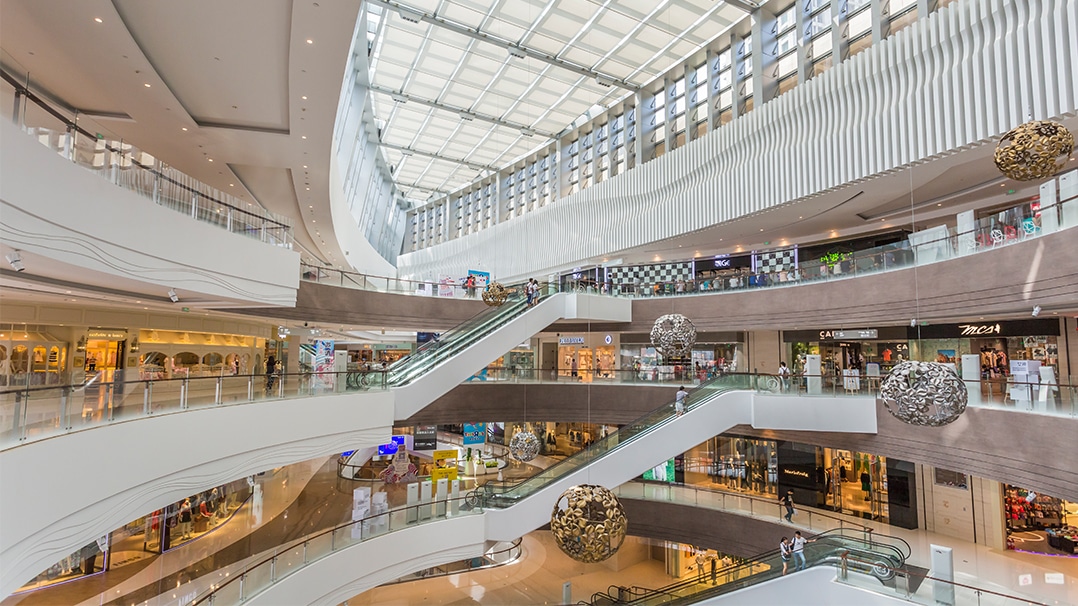
Consider improvements such as:
- A fresh coat of paint or new facing for the exterior of the building.
- An investment in local artists to add a mural to a blank face of the property.
- Resurfacing the parking areas for a smoother, more uniform appearance.
- Improving landscaping for more appeal, green space, and attractiveness.
- New flooring to fix old, broken tiles, gouged surfaces, or outdated looks.
- Improving the lighting for interior areas for a brighter, warmer feeling.
While there are a near-infinite number of ways you can improve the surface-level appearance of a shopping center, the key is to look for options that are strategic. Perform an analysis to see what stands out in the minds of visitors, what affects their first impression, and what may dissuade them from stopping in. Likewise, look for improvements that can be significant on a large scale but don’t cost all that much. A fresh coat of paint is a prime example.
Pro tip: Look into your locality to see if there are any grants or incentives from local, state, or county governments for improvements. For example, in San Diego, the annual Storefront Improvement Program allows eligible CRE property owners to obtain reimbursement for materials used in improving storefront curb appeal.
Analyze and Minimize Expenses
There are two sides to any problem, and when it comes to the value of a shopping center, you can leverage both. The first is to improve income and the overall value of a property, but the second is to reduce the overall expenses you have to pay. More money in is good, but less money out is just as valuable.

Decreasing expenses can be done in many different ways, a lot of which are contextual to your situation and your property. Some ideas might include:
- Switch to or invest more in paperless systems to cut down on things like paper products, printers, waste, and more. Similarly, print mailers and physical advertising are less valuable than ever.
- Evaluate your utility expenses. Can you switch providers and get a discount? Can you improve usage throughout your facility with upgraded fixtures? Simple things like investing in solar can cut electricity costs, improving toilet facilities can reduce water costs, switching to LED lights can reduce power costs, and investing in insulation can reduce HVAC costs. As an added bonus, many locales give incentives or grants for green and energy-efficient conversions.
- Review your contractors. Who do you have providing your landscaping services? Are they doing a good job? Are they charging more than a competitor you could switch to? How about internal cleaning, security and loss prevention, or even companies you outsource things like marketing to? Services can change over time, especially if a vendor believes you’re complacent.
- Consider ways to reduce waste. There are often incentives for promoting more recycling, which, while it increases labor, can be beneficial. Pure trash still needs to be carried off, but evaluate how frequently it needs to happen given the volumes involved and if a less frequent schedule could be beneficial. For certain kinds of waste, like food from a tenant that would be fine but is past its expiry date, if it’s legal to do so locally, consider working with local food banks to donate it.
Cutting back on expenses can be a very valuable way to improve the overall valuation of your shopping center.
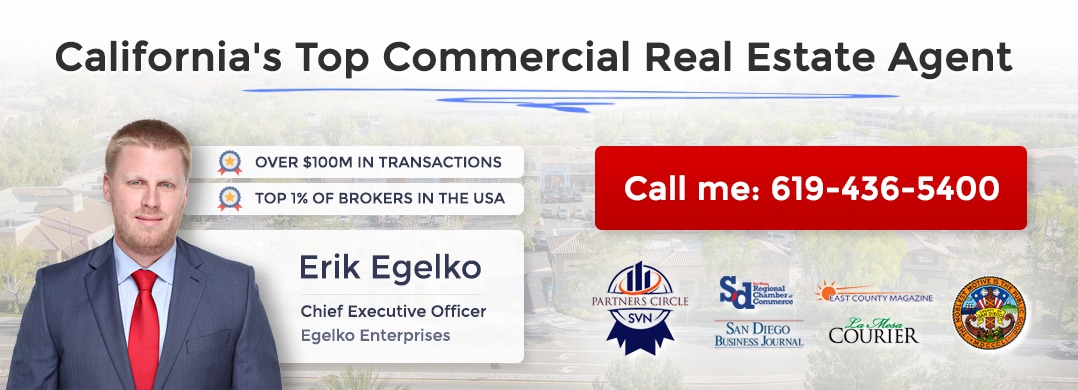
Adapt to Local Markets with Mixed Use Designations
One of the biggest current trends in commercial real estate is switching from single-use designations to multi-use or adaptive-use designations, allowing for a shopping center to become a hybrid commercial property.
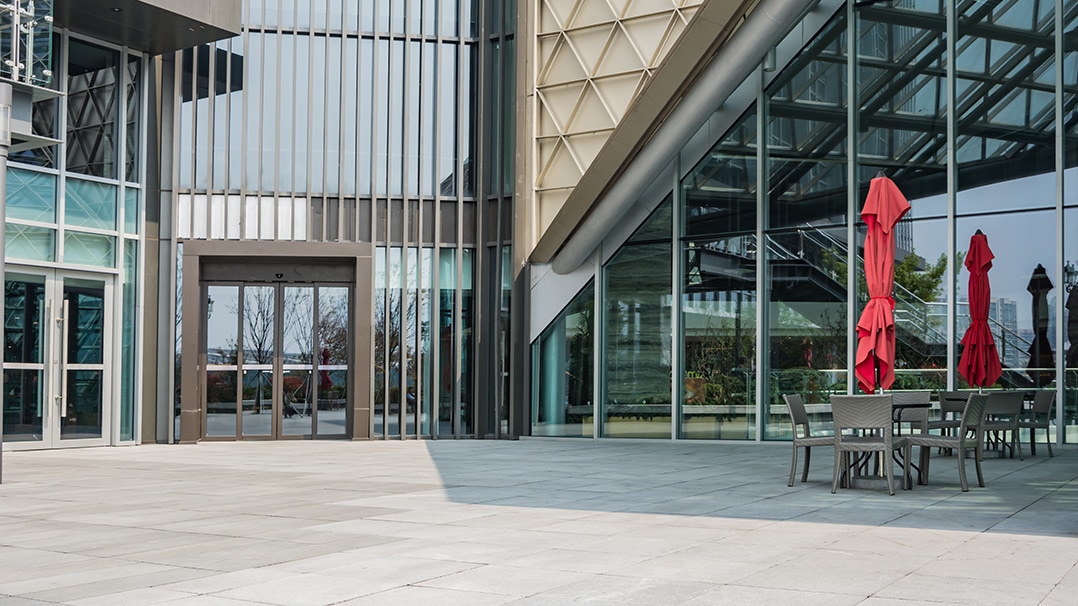
Consider some examples:
- A shopping center that converts a vacant anchor store into a small hotel, allowing for a hybrid of semi-long-term traffic and transient traffic.
- A shopping center that converts a few units in one wing into business offices, allowing for small businesses and corporate offices to place things like call centers or other departments in their own location.
- A shopping center adding “medtail” urgent care space, an increasingly popular way of providing medical services to a community as a midway point between standard GP visits and ER trips.
Not every unit needs to be filled solely with retail stores, after all. A mixed-use space can be a lot more attractive to a variety of people from different walks of life, and even something as simple as converting one unit into an open space that can be rented by the hour or by the month can be a benefit when you attract certain kinds of tenants.
Note: In some cases, the writing can be on the wall, and there may be little or no way to save a shopping center as-is. Many proposals have been floated for options like converting malls into housing, which, while it certainly changes the entire purpose of a commercial space, can still be a way to survive what would otherwise be a failing investment.
Know What the Area Wants
One of the keys to success with a shopping center is knowing what the locals want out of it. Polling the region, holding meetings to discuss possibilities, and generally taking feedback into account can be a great idea. Sometimes, the community at large will have great ideas you wouldn’t normally think of.

Of course, if you ask 100 people what they want out of a shopping center, you’re likely to get 120 different contradictory answers. Filtering out the less useful suggestions and using local feedback as a way to abandon ideas that have universal backlash may be the best you can hope for, depending on how much of the local populace is engaged and how.
Buying or Selling a Shopping Center in California
If you’re a CRE investor looking to buy a shopping center with big ideas on how to improve the overall value of the property and bring more value to the community as well, I can definitely help you out. As California’s top commercial real estate broker, I have all the right hookups to find the ideal property for your next project or portfolio addition.
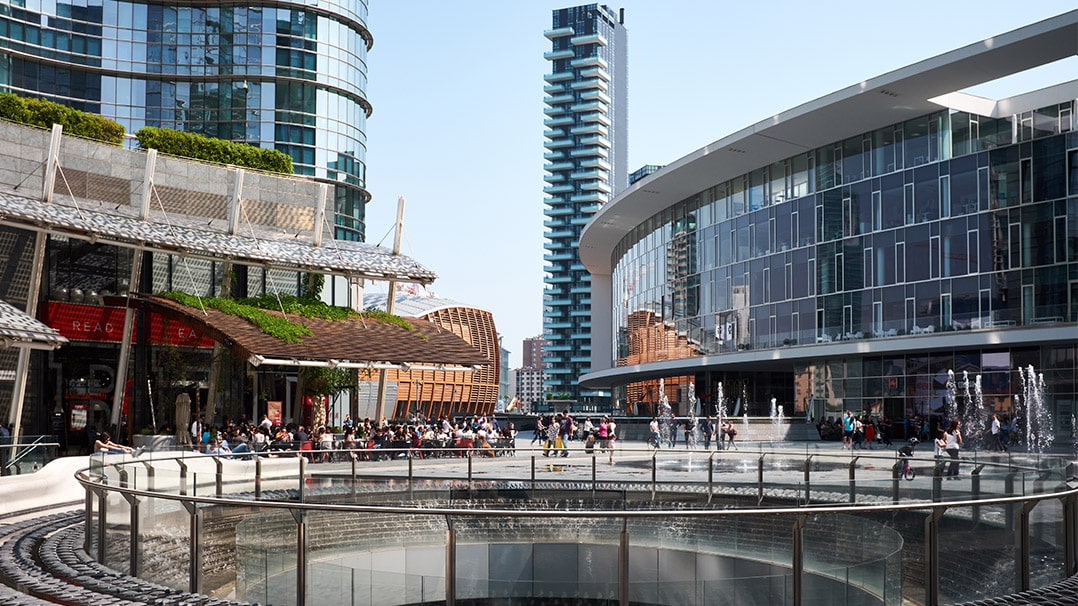
On the other hand, if you’re the owner of a shopping center and you’re at your wit’s end trying to find ways to keep it above water, you might find it’s time to sell. I’m here to help with that as well. CRE properties in this class are in short supply, so I know I can get you an excellent deal, top dollar for your shopping center. All you need to do is contact me to get started with the discussion and the process.
As always, if you ever have any questions about anything I discuss in my articles, please feel free to let me know, and I’ll do my best to help you out however I can!

Erik Egelko is a veteran of the commercial real estate business with a specialized focus on Investment Property Sales. In 2021 and 2022, Erik was the #1 ranked Broker in California for one of the largest CRE Firms as well as ranked in the Top 1% of brokers nationwide. He has extensive experience in a variety of asset types including: Retail Shopping Centers, Medical Office Buildings, Industrial Properties, and Multifamily Apartment Complexes. Over the course of his career, Erik has closed over $100,000,000 of commercial property sales throughout Southern California.



